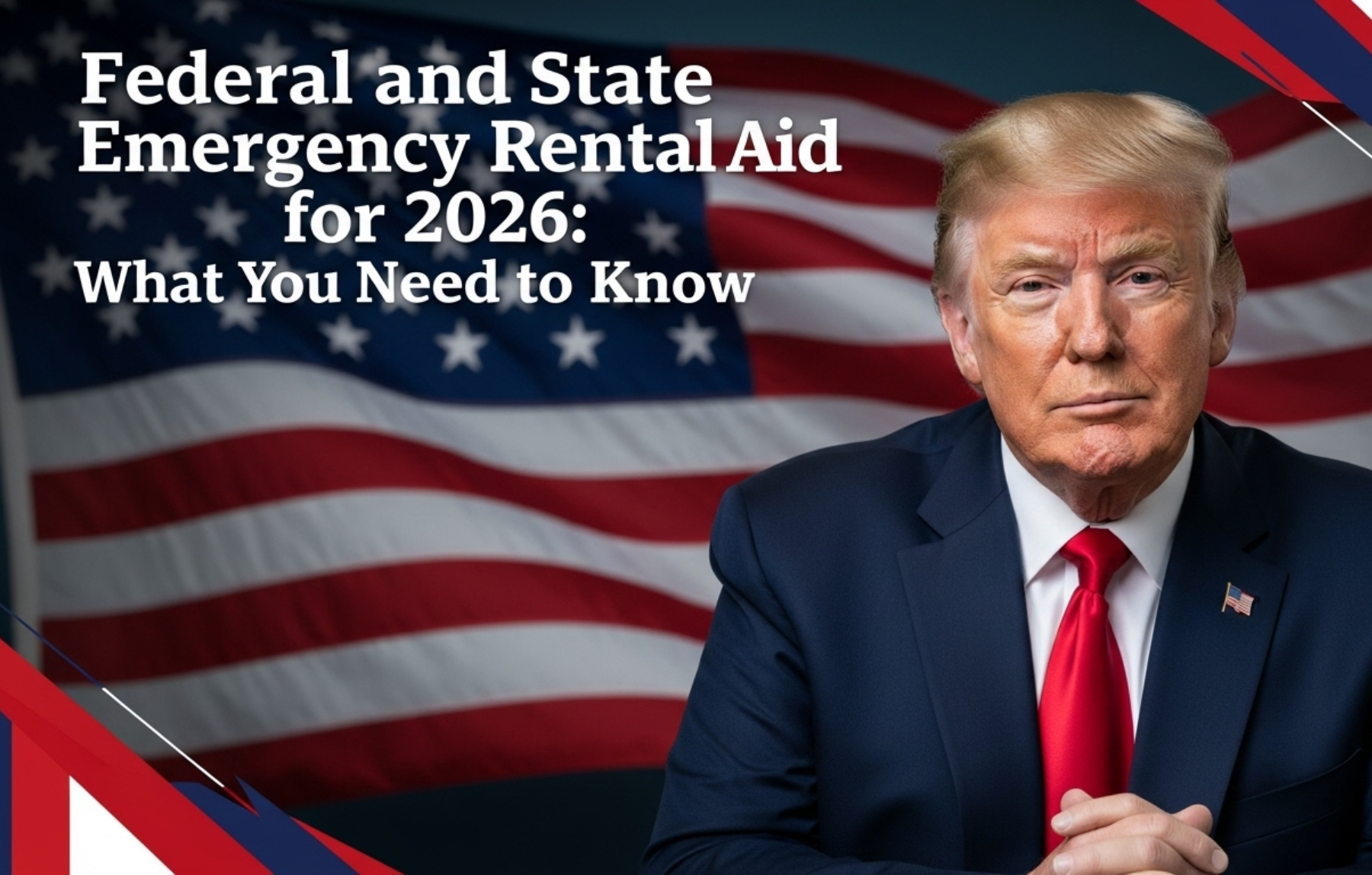Emergency Rental Assistance 2026: Federal and State Programs Announced
As of mid-2025, the landscape of emergency rental assistance (ERA) in the United States is undergoing significant changes. While the initial surge of federal ERA funding from the COVID-19 pandemic era is winding down, new initiatives and reallocations are emerging to address ongoing housing instability. This article provides an overview of the current state of emergency rental assistance programs, highlighting federal and state efforts to support renters in need.
Federal Emergency Rental Assistance Programs
1. ERA 2 Program
The Emergency Rental Assistance (ERA) 2 program, authorized by the American Rescue Plan Act of 2021, allocated $21.55 billion to assist eligible households with rental and utility payments. This program is set to run until September 30, 2025. However, many states have already exhausted their ERA 2 funds or have closed their programs to new applicants. Some states continue to operate with ERA 2 funding until those funds are depleted or until the program’s sunset date .
2. Reallocation of Unused Funds

In response to varying levels of demand across states, the U.S. Department of the Treasury has reallocated unused ERA funds to areas with high demonstrated need. For example, in 2023, the New Jersey Department of Community Affairs received an additional $31.45 million due to its successful distribution of rental aid. This reallocation allowed New Jersey to assist an additional 2,500 to 3,000 households currently on the waiting list for rental assistance (NJ.gov).
3. HUD Emergency Housing Voucher Program
The U.S. Department of Housing and Urban Development (HUD) introduced the Emergency Housing Voucher (EHV) program to assist individuals and families experiencing homelessness or at risk of homelessness. However, reports indicate that the program’s current appropriations are set to be depleted by the end of 2026. This could result in a significant loss of rental assistance for tens of thousands of households .
State and Local Initiatives
1. Seattle’s Rental Assistance Plan
In Seattle, Mayor Bruce A. Harrell has identified a sufficiently funded rental assistance program as a key element of the city’s affordable housing strategy. The city plans to add $4 million to support rental assistance programs in the 2026 Proposed Budget. This initiative aims to develop a comprehensive plan to manage the distribution of emergency rental assistance, including improving existing programs and creating new ones to help individuals before they face housing crises .
2. Massachusetts’ Shelter Strategy
Massachusetts Governor Maura Healey announced plans to phase out the use of hotels and motels to shelter homeless families over the next two fiscal years. The state will focus on finding stable, permanent housing to reduce costs and improve family support. This approach includes increasing temporary rental subsidies and categorizing homeless families into different tracks based on their needs .
3. Franklin County’s Windfall Allocation
Franklin County, Ohio, received a windfall of federal rental-assistance funds left over from pandemic-relief efforts. The county plans to distribute nearly $34 million to support various programs, including rental and utility assistance, housing stability funds, and legal aid for tenants facing eviction.
Challenges and Considerations
While these initiatives represent significant efforts to address housing instability, several challenges remain:
- Depletion of Funds: As federal and state programs wind down, the risk of funds being depleted before all eligible households are assisted increases. This could lead to gaps in support for renters in need.
- Administrative Hurdles: The process of reallocating funds and adjusting program guidelines can create administrative challenges, potentially delaying assistance for those who require it most.
- Long-Term Sustainability: The temporary nature of many emergency rental assistance programs raises concerns about the long-term sustainability of housing support for vulnerable populations.
Conclusion
The landscape of emergency rental assistance in the United States is evolving as federal and state programs adapt to changing needs and available resources. While significant strides have been made to support renters facing housing instability, ongoing challenges highlight the need for continued investment and innovation in housing assistance programs. Stakeholders at all levels must collaborate to ensure that support remains accessible to those who need it most, even as emergency measures transition into more permanent solutions.
FAQs
1. What is the ERA 2 program?
ERA 2, funded by the American Rescue Plan, provided $21.55 billion for rental and utility aid but is winding down, with many states exhausting funds by September 2025.
2. What happens to unused ERA funds?
The Treasury reallocates unused ERA funds to states with higher demand, helping areas like New Jersey assist thousands more renters on waiting lists.
3. What is the HUD Emergency Housing Voucher program?
HUD’s EHV program supports homeless or at-risk households but faces funding depletion by the end of 2026, risking reduced rental aid for many families.
